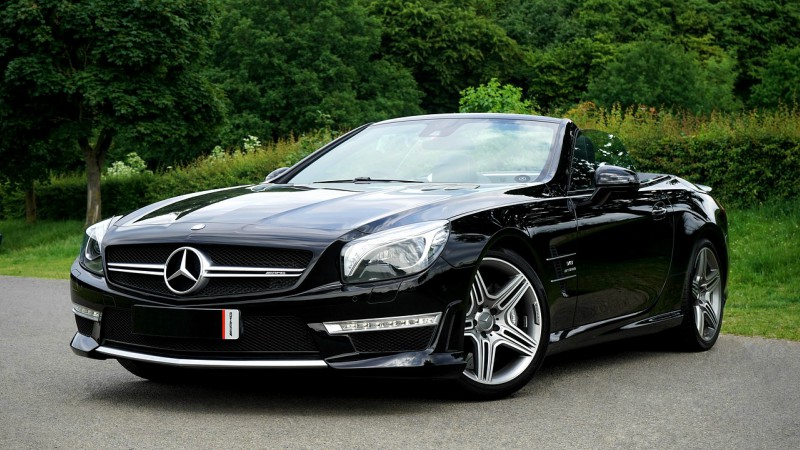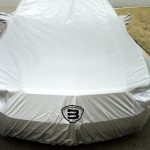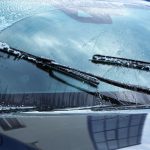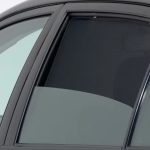Driving bumps? No problem: he’ll take care of it!
We all own a vehicle, but no one gives it enough importance. Why? In fact, it is one of our best driving allies, both for aerodynamics and in the event of collisions. We are obviously talking about the car bumper.
Table of Contents
What is a car bumper?
They are systems designed to absorb impact on the front and rear of vehicles and minimize low-speed collision damage. Car bumpers are pieces equipped with protruding protections in plastic or metal, called bumper covers, which surround the materials that make it up and absorb the energy of the impact.
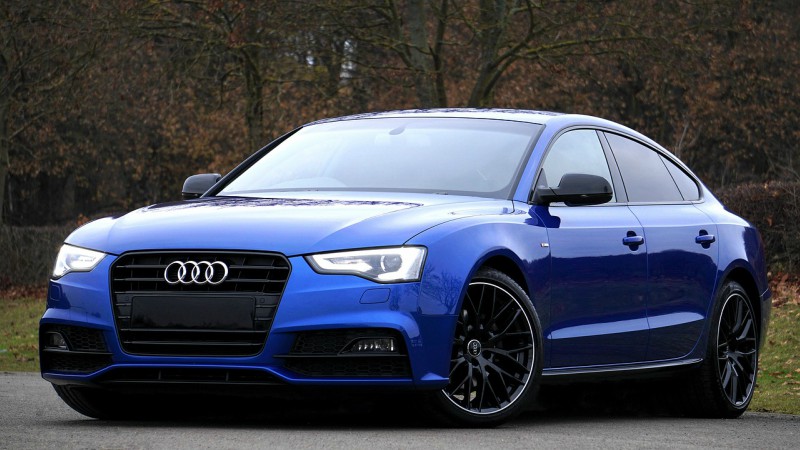
Today, as standard, they have a rigid reinforcement bar under the outer cover, with sections of compressible foam or plastic.
History and evolution of the car bumper
From their first appearances as decoration on early vehicles in the late 1800s, car bumpers have come a long way, thanks to technological advancements and safety-focused vehicle manufacturing. Although today’s bumpers are very effective, be aware that bumper protection has declined a lot from the 1980s to today.

Car bumpers used to contain more shock-absorbing material, but vehicle manufacturers have lobbied for lighter designs and to reduce anything that affects engine efficiency in terms of fuel consumption. Style was also a decisive factor: many bumpers protruded beyond all other car parts, giving a not very harmonious aesthetic. Today’s vehicles do not need protruding bumpers, but they are still very safe.
Types of car bumpers
Again, the main purpose of a car bumper is to protect your vehicle. However, the damage can come in many forms. For example, if you drive a lot off-road for fun, you want a bumper designed for off-road travel.
Likewise, if you are traveling long distances and need protection against other vehicles, it is important to select the appropriate design. Some bumpers offer special features such as heavy-duty tow hooks.
1. Standard bumper
A standard bumper is a simple bumper placed under the grille, extending from the front left to the front right of the vehicle. Most standard bumpers are produced directly by the vehicle manufacturer to fit the model specifically.
2. Cowboy
Deep drop bumpers (also known as cowboy bumpers) are slightly higher or longer than standard bumpers. This type of bumper is designed for heavy workloads and damage prevention.
3. Tube bumper
Tubular car bumpers are famous not only for their functionality but also for their style. Rather than housing them directly under the grille, the slim, tubular shape of this bumper allows it to fit over the lights as well, without altering the design.
4. Roll bumper
If using a bumper as an accessory isn’t your thing, consider investing in a roller bumper. This type of car bumper is designed to be relatively hidden in the aesthetics of the vehicle. It merges with the hood and creates an aerodynamic look with no interruptions whatsoever between the lines.
5. Step bumper
A step bumper is essentially a standard bumper with a step in the middle. It is usually used for large vehicles.
Which type of car bumper is right for you?
This is a question that only very few ask themselves. In fact, the bumper, unless you are a road safety professional or a fan of car accessories, are always parts that pass quite muted. Obviously, people willing to use bumpers like the cowboy one without driving a truck are the owners of pick-ups who, if they don’t lead an off-road life, will choose this option more for an aesthetic reason than a functional one.
Basically, if you are worried that your car’s bumper is not suitable for your needs, we can tell you that the factory fitted one is more than enough for a simple lifestyle, with commuting in and out of town, without off-road racing and risks of collision between the vegetation.
However, you can understand more about driving safety by also informing yourself about these little talked about parts.
From ther same Category:
- Atmospheric Agents and Car Bodywork
- What can a car rubber trunk mat do for us?
- The Purpose of Brake Pads: Why You Need Them
- From the Ladder to the Monocoque for Different Types of Vehicles
- Car Blinds and Why You Need Them
- Important informations about car motor oil
- Guide to Popular Types of Car Wipers
